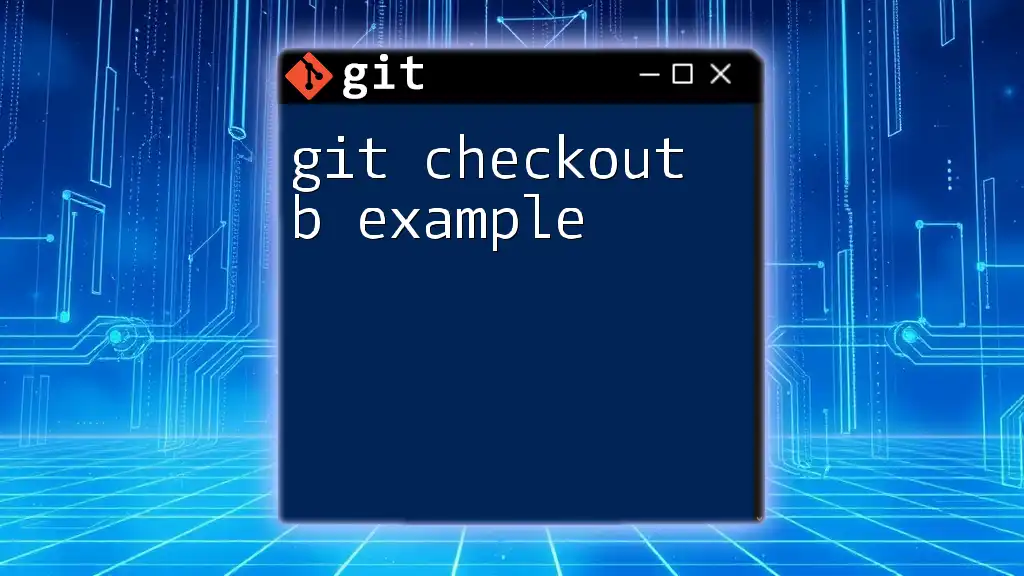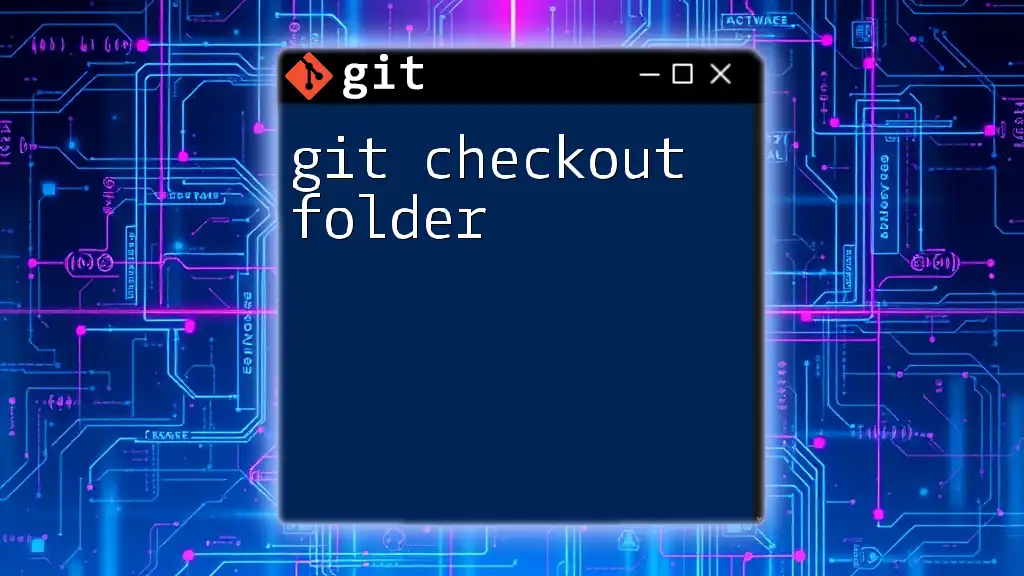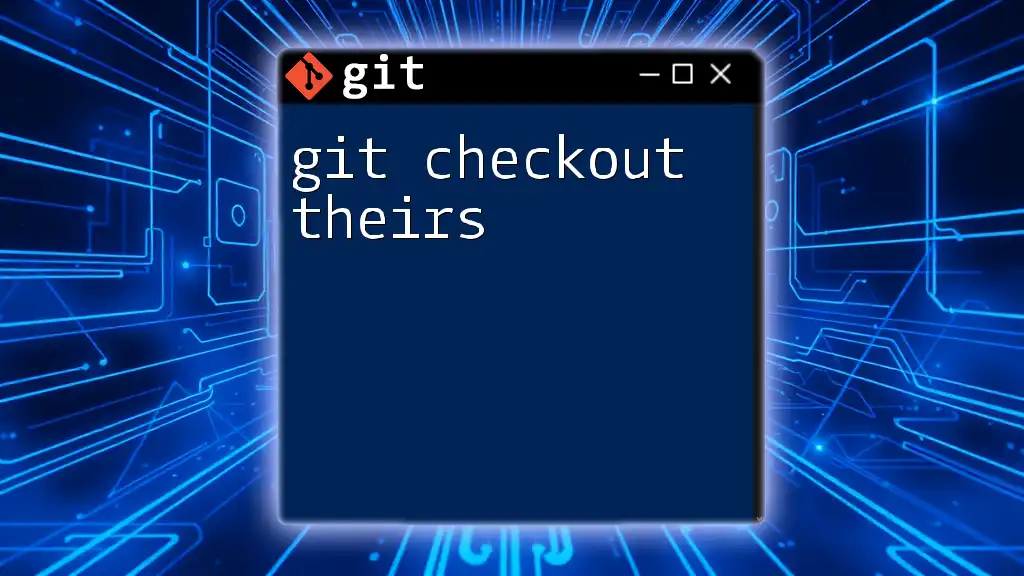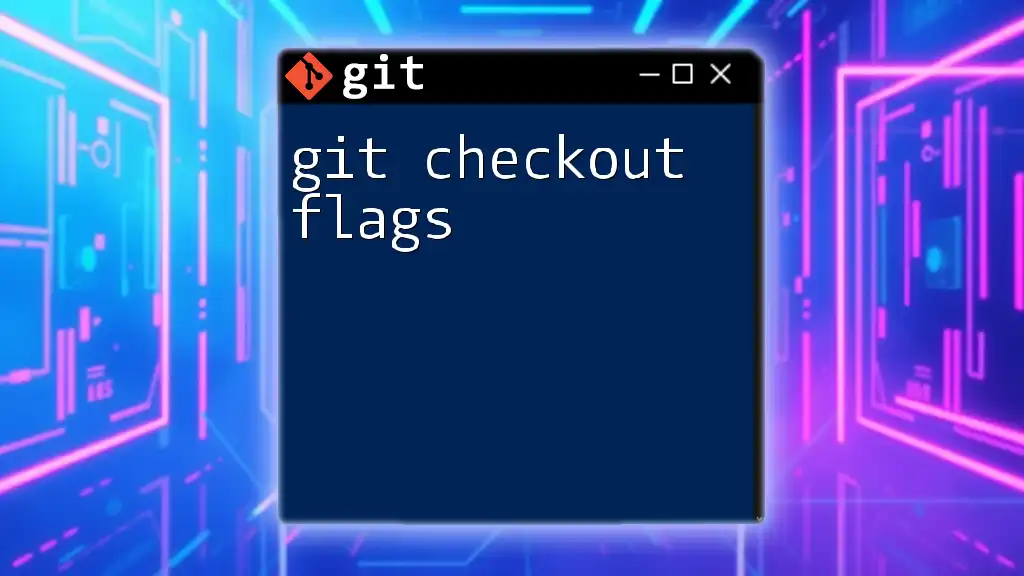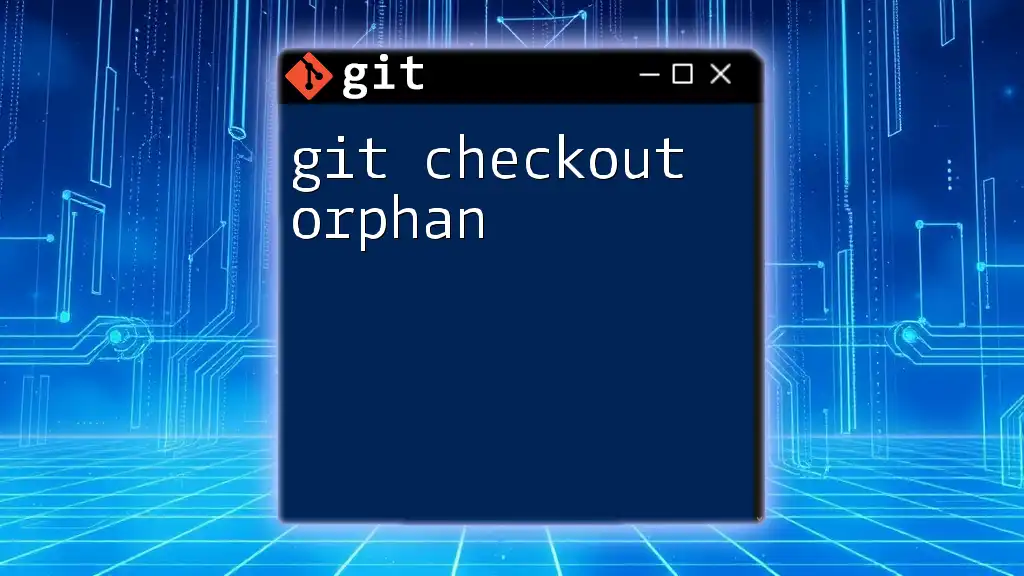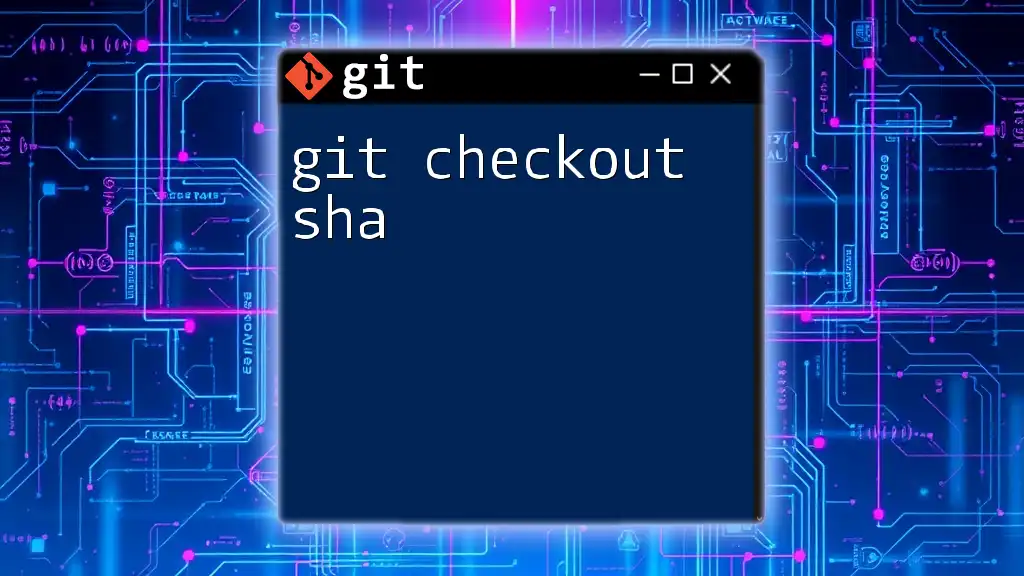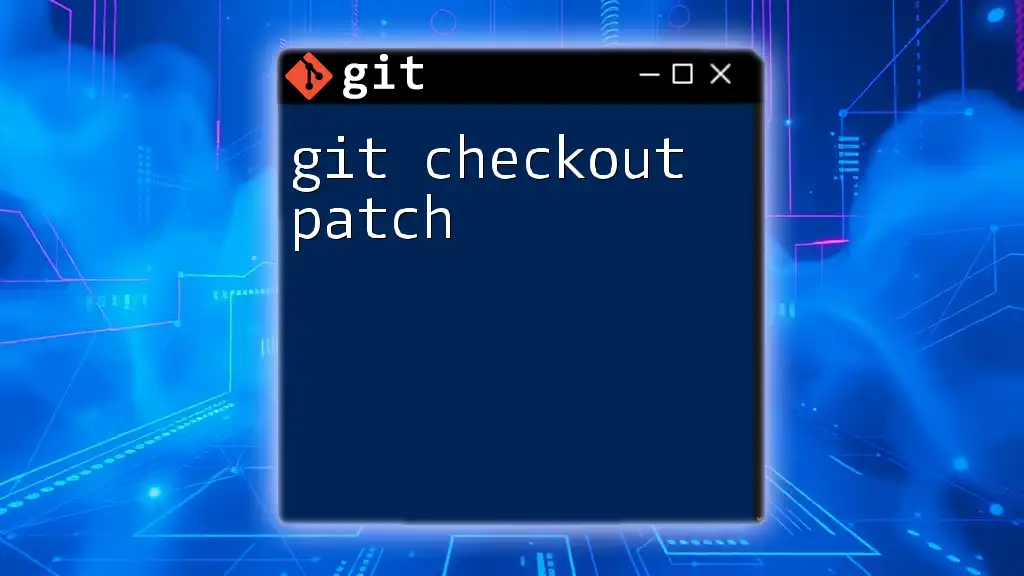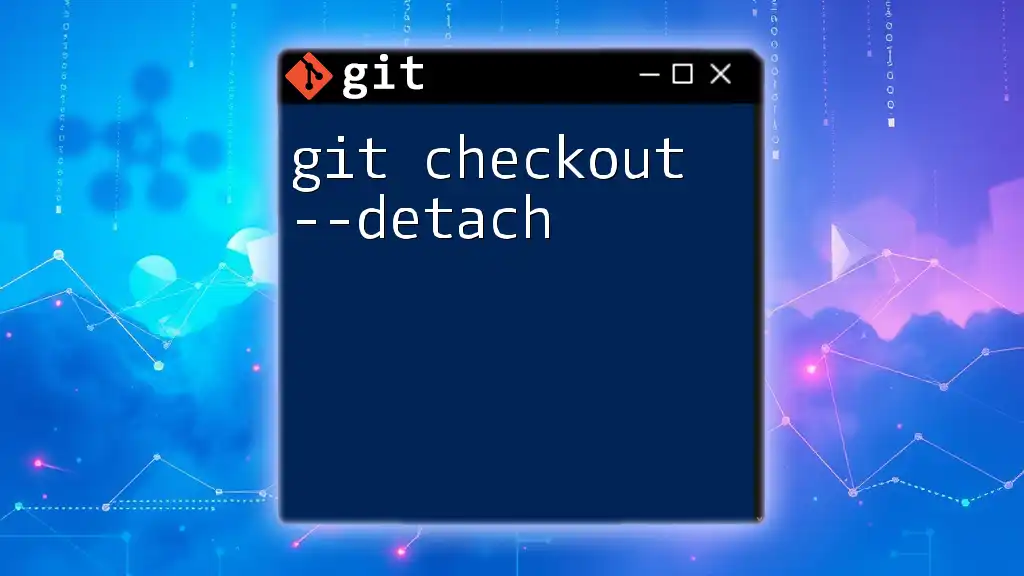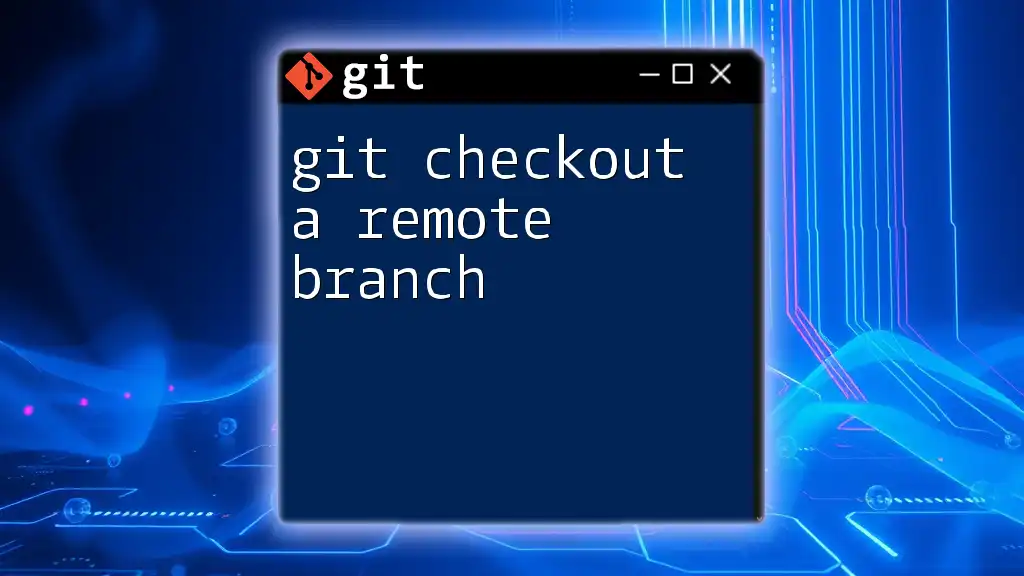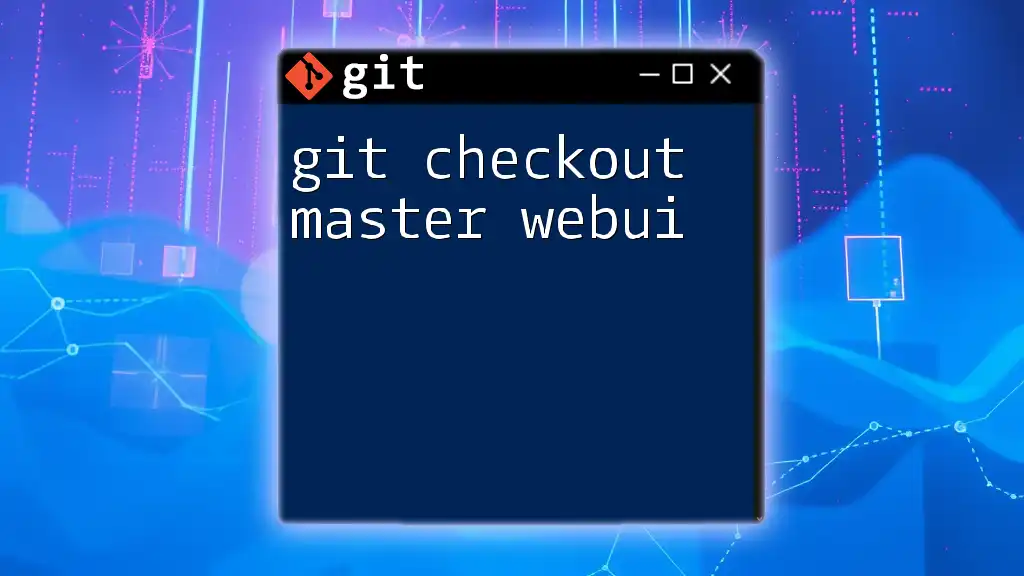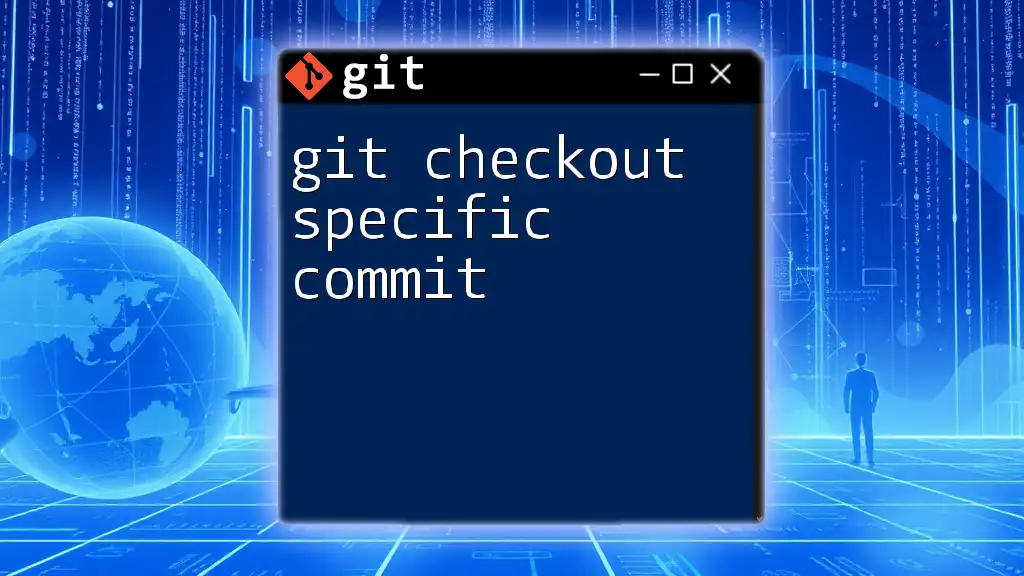The command `git checkout -b example` creates a new branch named "example" and switches to it simultaneously.
git checkout -b example
Understanding Git Branching
What is a Git Branch?
A Git branch is a lightweight movable pointer to a commit. It allows you to diverge from the main line of development and continue to work independently without affecting other developers. By creating branches, you can manage different features, bug fixes, or experiments, all within the same project.
The main benefits of branching in Git include:
- Isolation: Each branch is a separate line of development, allowing you to work independently without interference.
- Collaboration: Multiple team members can work on different branches simultaneously, enhancing productivity.
- Flexibility: You can experiment freely since you can always return to previous branches or commits without losing work.
The Role of the `git checkout` Command
The `git checkout` command is used to switch between branches or to restore working tree files. This command is essential for navigating your project's history and managing branches seamlessly.
For instance, when you use `git checkout`, you can switch to an existing branch or, with the `-b` flag, create a new branch and switch to it in one go.

What Does `git checkout -b` Do?
Breaking Down the Command
The command `git checkout -b` is a combination of `git checkout` and the `-b` flag, which stands for "branch." When you run this command, you're instructing Git to:
- Create a New Branch: The name following `-b` will become the new branch's name.
- Switch to the New Branch: After creating it, your working directory shifts to the new branch, allowing you to begin making changes immediately.
For example, if you execute the command:
git checkout -b feature/login
You are creating a new branch called `feature/login` and switching to it instantly.
Use Cases for `git checkout -b`
Creating a new branch using `git checkout -b` is particularly useful in various scenarios, such as:
- Feature Development: When starting work on a new feature, it's best practice to create a separate branch to keep the main branch clean.
- Bug Fixes: If you need to address an issue, creating a dedicated branch allows you to work on the fix without disturbing the main line of code.
- Experimentation: Feel free to experiment with new ideas or features in isolated branches; you can always merge or discard changes later.
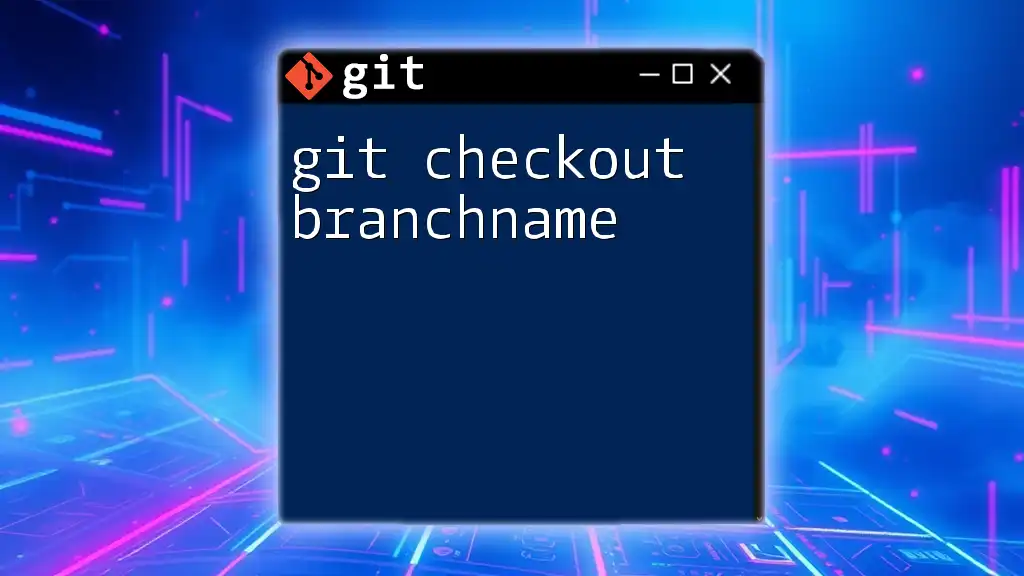
Step-by-Step Guide to Using `git checkout -b`
Prerequisites
Before you create a new branch, ensure that you have Git installed and that you are working within a repository. Use the following command to check your current branch and status:
git status
Creating a New Branch with `git checkout -b`
To create a new branch, execute the command:
git checkout -b <new-branch-name>
Example Scenario: Creating a Branch Named "feature/login"
Suppose you're working on a project and want to add a login feature. You would run the following command:
git checkout -b feature/login
Explanation of Each Step
-
Choosing a New Branch Name: Choose a descriptive name that encapsulates the purpose of the branch. This helps others (and yourself) understand the focus of the branch later on.
-
Executing the Command: When you run the command, Git creates the new branch and updates your current working directory to reflect that change. This seamless transition makes it easy to begin new tasks without additional commands.
-
Confirmation of Branch Creation: After executing the command, verify that your new branch has been created successfully by running:
git branch
This will list all your branches, highlighting the one you are currently on.
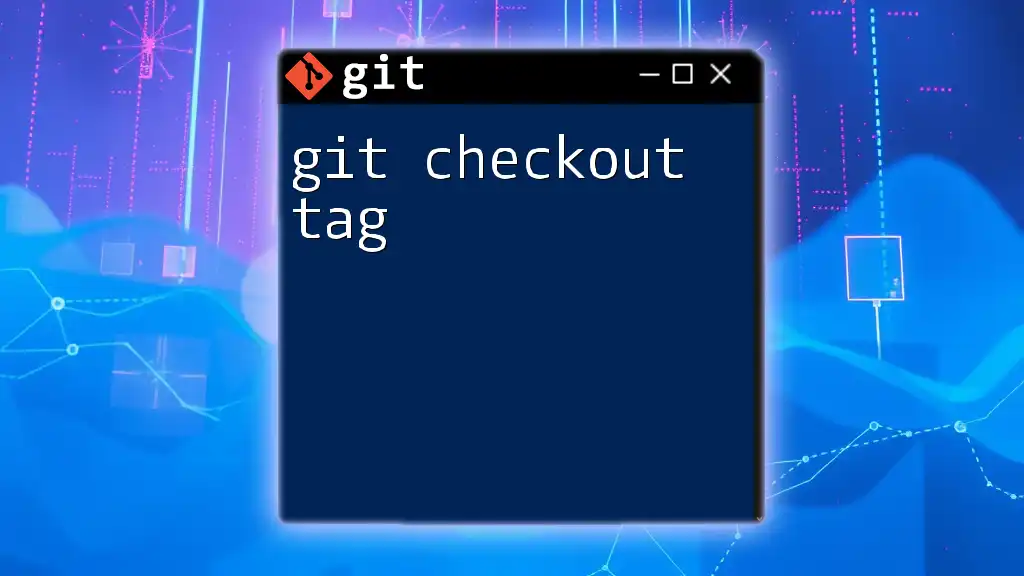
Best Practices for Branching
Naming Conventions
Follow consistent naming conventions to improve collaboration and clarity within your team. A few common patterns include:
- Feature branches: Start with `feature/` followed by the feature name (e.g., `feature/shopping-cart`).
- Bugfix branches: Begin with `bugfix/` followed by a brief description of the issue (e.g., `bugfix/fix-login-issue`).
Managing Branches Effectively
Effective management of branches is crucial for keeping your repository organized. Here are some tips:
- Regularly merge or delete branches when they are no longer in active development. This prevents clutter and confusion.
- Keep branches focused on a single feature or task, which enhances the review process and makes merging smoother.
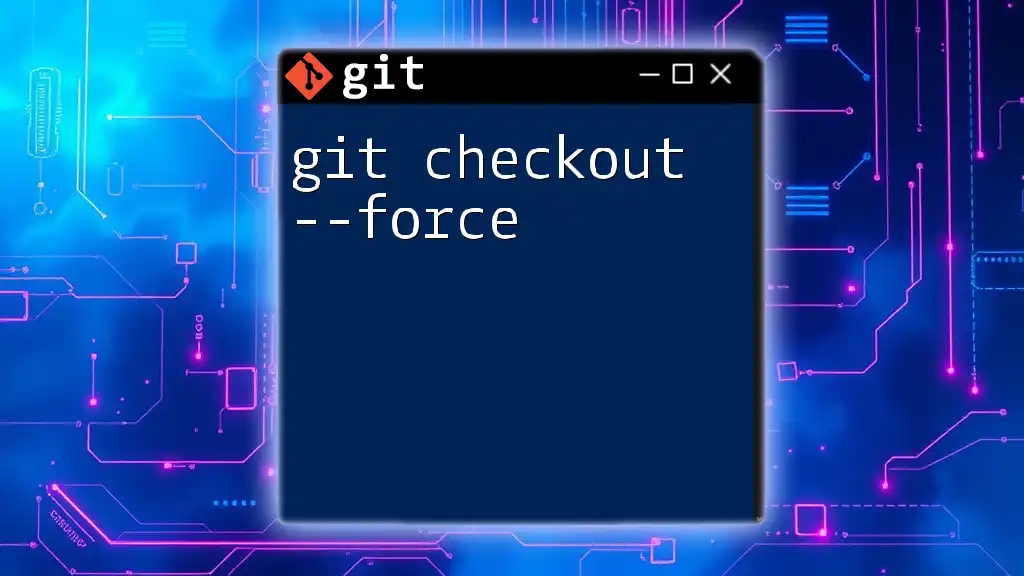
Common Pitfalls with `git checkout -b`
Misunderstanding the Current Branch
Before creating a new branch with `git checkout -b`, it’s vital to be aware of your current branch. If you create a new branch off the wrong branch, your new work could inherit unwanted changes. Always check with:
git branch
Failing to Push Changes
After creating a new branch and making changes, it’s essential to push your branch to the remote repository. Failing to do so may lead to confusion, especially in collaborative environments.
To push your branch, use:
git push origin <new-branch-name>
Make sure your teammates have access to your changes.
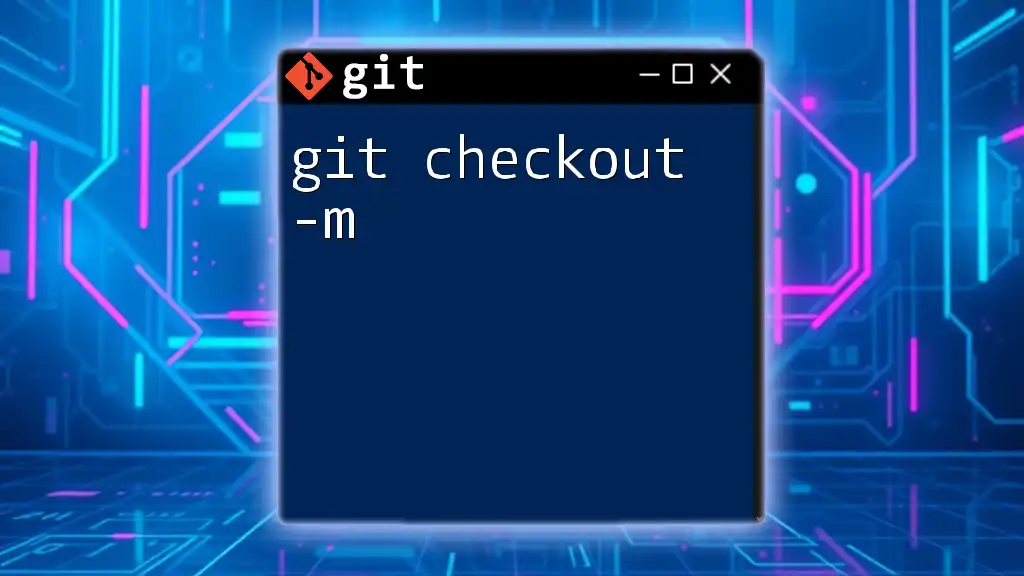
Wrapping Up
Summary of Key Points
In summary, the `git checkout -b` command is a powerful tool for managing branches efficiently within your Git repository. It simplifies the process of creating and switching to new branches, contributing significantly to better-organized workflows.
Encouragement to Practice
To reinforce your understanding, consider practicing by creating multiple branches and merging them back to the main branch. Experiment with different naming conventions and explore how branches can enhance your development process!
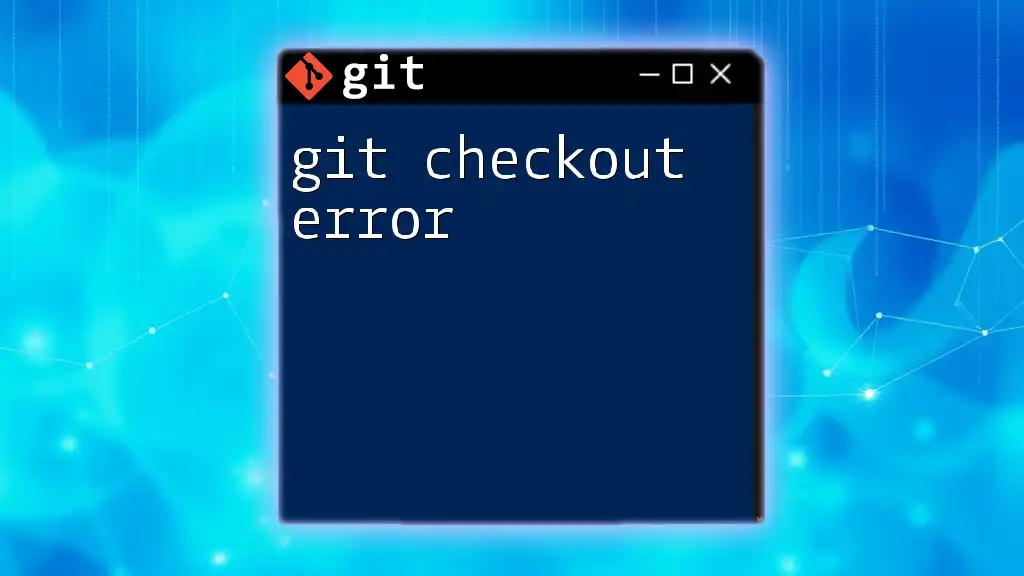
Additional Resources
If you want to deepen your understanding of Git, refer to the official [Git documentation](https://git-scm.com/doc) or explore recommended tutorials and courses online. These resources can provide further insights and examples to help you master Git.

Conclusion
Mastering the `git checkout -b` command and the overall branching strategy is vital for any developer working with Git. By applying these concepts, you’ll be well on your way to enhancing your version control skills. Remember to keep practicing, as the best way to learn is by doing!

